Tara Pearl producing area of Costa Rica introduces the details of measuring the flavor of Milasu roses with coffee bean cup in summer.

Speaking of Rose Summer, people will think of Panama. After all, Panama's Rose Summer Coffee has a unique flavor. When it comes to rosy summer coffee beans, people will think of Panamanian butterfly coffee beans. After all, you can taste the flavor of rosy summer at a lower price.
Costa Rica is a neighbor of Panama, and Panama's rosy summer is also introduced from Costa Rica. So after Rosa's splendor on Panama's bop, Costa Rica began to notice this breed. Today, in front of the street, we are introducing a rosy summer coffee bean from Costa Rica.
This Costa Rican rosy summer mix on the front street is from Milasu Manor. Is located in the Tarazhu area of a small manor, the owner Esteban Sanches was originally a member of the family next door Candle Manor, because of the insistence on coffee, so independently set up a manor and named "Mirazu", meaning "overlooking Tarazhu", as well as the name, not only the scenery is amazing, but even the microclimate is quite suitable for coffee growth, laying an excellent foundation for the quality of raw coffee beans.
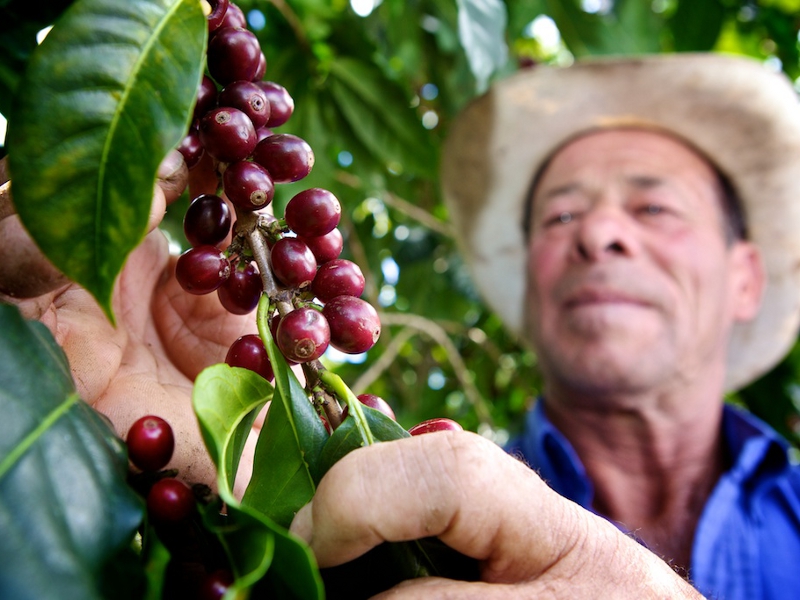
And Milasu this rose summer mix, as the name implies, mainly contains 50% roses. In addition to summer roses, it also contains ET47, SL28 and MAICO. As the most popular coffee variety, rose was first discovered in the rose forest of Ethiopia and then sent to the coffee research institute in Kenya; it was introduced to Uganda and Tanzania in 1936, Costa Rica in 1953 and Panama in the 1970s, and then became popular.
ET47 comes from the native species of Ethiopia, the native Rosa rugosa, which is commonly used in the study of hybrid varieties in Costa Rica and No. 47 in the laboratory (because many varieties have been introduced during the same period, most of them are identified by numbers). SL28, on the other hand, is a high-quality variety screened by the Scott laboratory in Kenya and has the Bourbon gene.
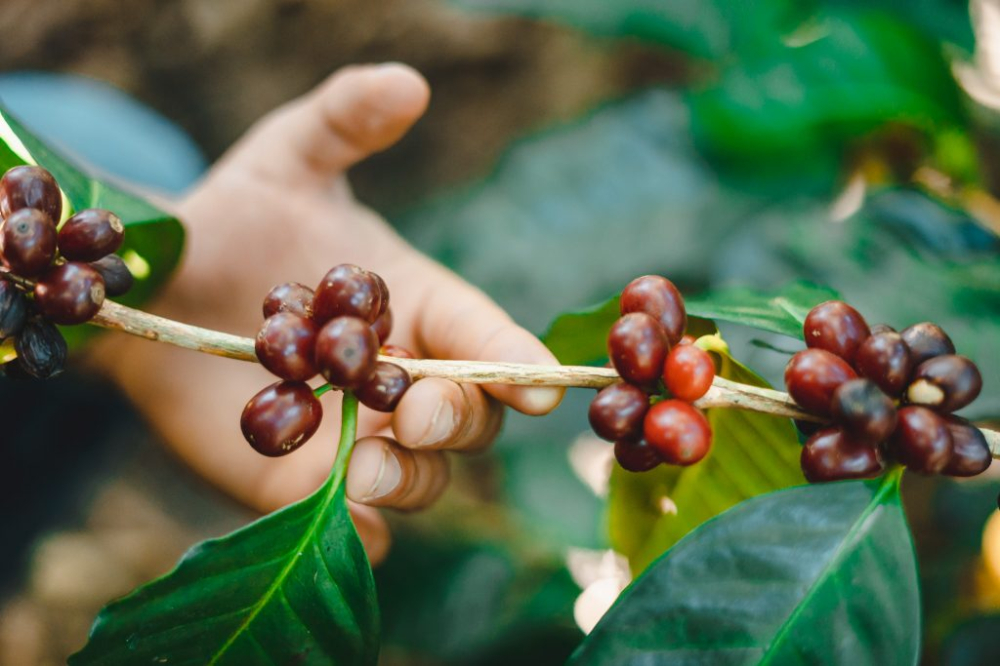
Although it seems that there is a wide variety of coffee beans, we can also see the traceability and variety classification ability of Milasu Manor. After all, there are some areas with low traceability, and coffee varieties can only be vaguely summarized.
This coffee is treated with Costa Rican dried grape honey, which retains 100% pectin and zero water treatment. On the day of harvesting coffee cherries, pour the harvested coffee fruit into a big trough, and the ripe and full fruit will sink to the bottom of the water; the underdeveloped or overripe fruit will surface, and these floating beans need to be removed. Dry the screened coffee fruits on an elevated bed for at least three days, then peel the cherries and retain the pectin before drying. At this stage, climate factors are the key to the success of honey treatment.
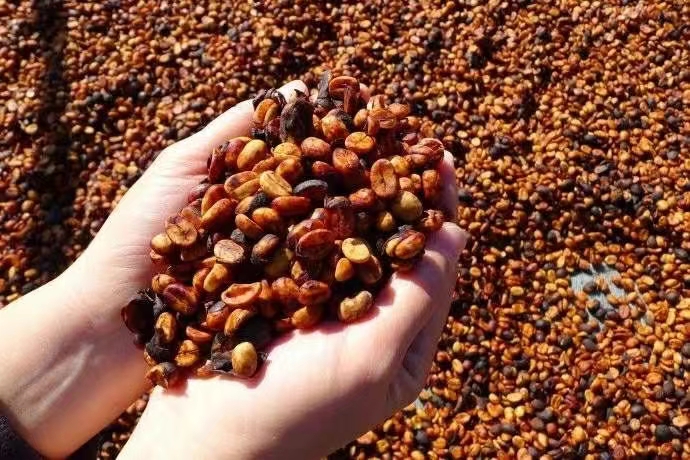
Keep turning these coffee cherries during the drying process to make them dry evenly, but control the turning frequency and dry slowly to ensure that the coffee is fermented, but not so slowly that it is overfermented.
When the current street gets this coffee bean, considering its treatment and the characteristics of rose summer, the baker in front street wants to show very high sweetness and highlight the sour notes of rose summer flowers and fruits, so he uses medium-to-shallow roasting.
Eight hours after baking, the coffee bean was tested on Qianjie. Through the cup test, this Milasu rose summer coffee bean flavor for roses, strawberry fudge, ordinary dried, almonds.
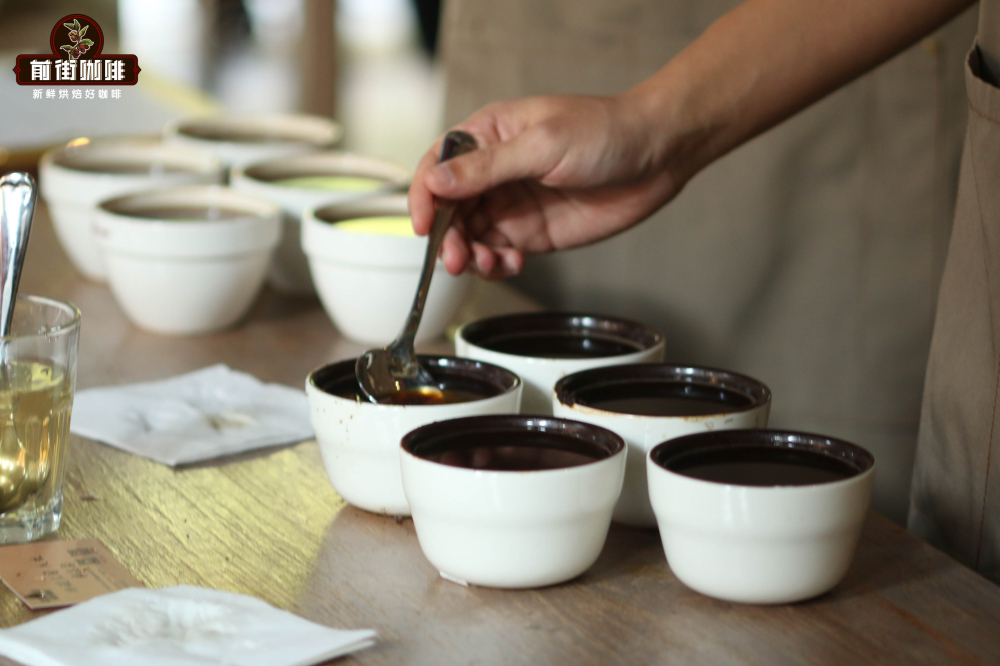
This Milasu rose summer variety of coffee beans provides the aroma of jasmine, while other varieties enrich the flavor of strawberries, coupled with the treatment of raisin honey to enhance the sweetness of this coffee. Therefore, Qianjie also calls this coffee bean "strawberry candy". When brewing, you need to reflect the floral and berry aromas of this coffee, as well as the flavor of grapes and strawberries.
Before brewing, Qianjie recommends using freshly roasted coffee beans to maximize the rich flavor of the coffee. The coffee beans shipped in Qianjie are all roasted within 5 days, because Qianjie is well aware that the freshness of coffee beans has a great impact on the flavor. The purpose of Qianjie roasting is "freshly roasted coffee", so that every guest who places an order is the freshest coffee when he receives it. The bean cultivation period of coffee is about 4-7 days, so when the guest gets it, it is the time when the flavor is the best.

In the brewing parameters, 15g coffee powder was selected in Qianjie, the grinding degree was fine, and the pass rate of No. 20 (850 μ m) standard sieve was about 78-80%. Powdered water is more suitable for the taste concentration of this coffee than that of 1:16 and 1:16, and smells better from the real senses. Through several brewing comparisons, the water temperature of 90-91 ℃ can better reflect the aroma and sweetness of this coffee. The filter cup uses V60 to enrich the layering of this coffee.
Process: put 15g coffee powder into the filter cup, first inject 30g of water to steam for 30 seconds, the coffee treated with raisin honey is more likely to absorb water and expand, followed by the fragrance of berries.
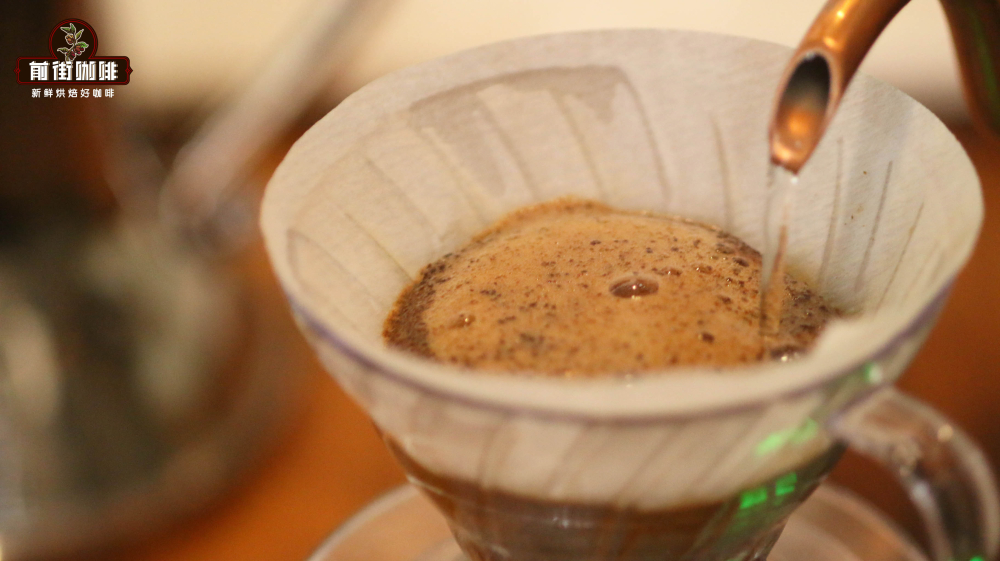
The second stage uses a small flow of water to inject 120g of water in a concentric circle, when the height of the powder layer is about the bottom of the short ribs. Start the last 90g water injection when the powder layer is sunken, and finish the extraction after the coffee liquid is dripped into the next pot for 1 minute and 50 seconds.
Professional coffee knowledge exchange more coffee bean information please follow the coffee workshop (Wechat official account cafe_style) more boutique coffee beans please add private Wechat Qianjie coffee, WeChat: qjcoffeex
Important Notice :
前街咖啡 FrontStreet Coffee has moved to new addredd:
FrontStreet Coffee Address: 315,Donghua East Road,GuangZhou
Tel:020 38364473
- Prev
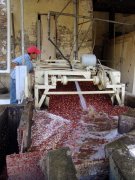
Three main treatment methods of Costa Rican coffee raw beans Villa Manor Coffee beans Red Honey treatment process Flavor
Most of the coffee we see from Tarasu is washed coffee. Generally speaking, washed coffee has a very clean flavor. When you taste washed coffee, you mainly taste the coffee seeds and roasted flavor. Where the fruit comes from, ideally, the process it goes through has no external influence. Pick ripe coffee cherries from trees during harvest
- Next
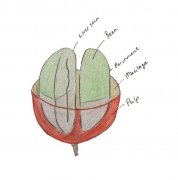
How to process raw coffee beans with honey? Differences in the treatment of Costa Rican coffee beans with white, yellow, red, gold and black honey
Honey treatment? Isn't it sweet? How much honey is added to the coffee beans processed by honey? Can't you drink if you want to lose weight? Please don't worry. You may be familiar with sun-cured coffee and washed coffee but do not know much about honey-treated coffee beans, today Qianjie will decompose different types of honey processing. But he is a common way of Costa Rican coffee. This
Related
- Detailed explanation of Jadeite planting Land in Panamanian Jadeite Manor introduction to the grading system of Jadeite competitive bidding, Red bid, Green bid and Rose Summer
- Story of Coffee planting in Brenka region of Costa Rica Stonehenge Manor anaerobic heavy honey treatment of flavor mouth
- What's on the barrel of Blue Mountain Coffee beans?
- Can American coffee also pull flowers? How to use hot American style to pull out a good-looking pattern?
- Can you make a cold extract with coffee beans? What is the right proportion for cold-extracted coffee formula?
- Indonesian PWN Gold Mandrine Coffee Origin Features Flavor How to Chong? Mandolin coffee is American.
- A brief introduction to the flavor characteristics of Brazilian yellow bourbon coffee beans
- What is the effect of different water quality on the flavor of cold-extracted coffee? What kind of water is best for brewing coffee?
- Why do you think of Rose Summer whenever you mention Panamanian coffee?
- Introduction to the characteristics of authentic blue mountain coffee bean producing areas? What is the CIB Coffee Authority in Jamaica?

